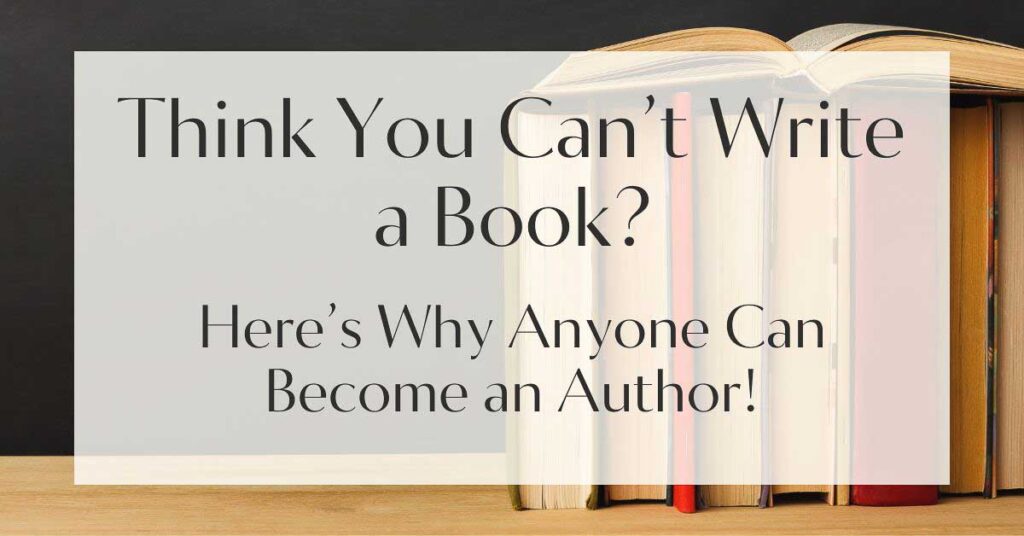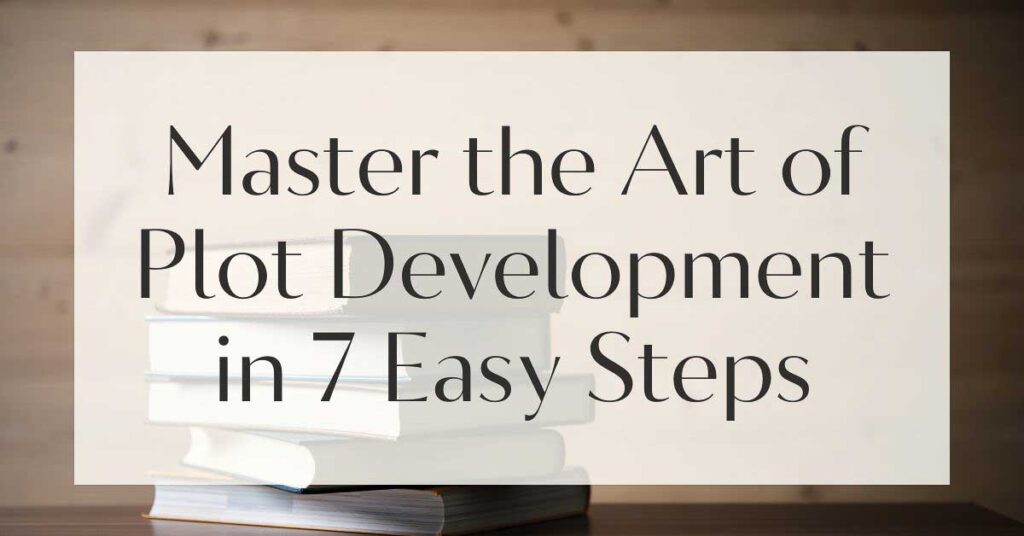Picture this: a pivotal moment in your story where a character experiences profound emotion. The temptation is to say “they cried,” but what if there was a way to capture that emotional intensity with more vividness?
This blog post will explore alternatives to they cried, offering writers the tools to enhance their descriptive writing. By diving into these alternatives, you can enrich your storytelling, making every emotional scene resonate deeply with readers.
Understanding Emotional Expression
Emotional expression in writing is akin to painting with words. It’s about capturing the nuances of feelings and translating them into a narrative that grips the heart.
Without it, stories fall flat, losing the magic that makes them memorable. Let’s delve into why emotional depth is crucial and how it shapes storytelling.
The Importance of Emotional Depth in Writing
Imagine reading a novel where every character’s emotional response is summarized with a simple “they cried.” Such uniformity would strip the narrative of its authenticity, leaving readers disengaged.
Emotional depth provides layers, allowing readers to connect on a personal level. It transforms a story from mere words on a page to an experience that lingers long after the last sentence is read.
How Emotions Shape Storytelling
In storytelling, emotions are the threads that weave characters, plot, and setting into a cohesive tapestry. They guide readers through the narrative, evoking empathy and understanding.
When a writer effectively portrays emotions, they invite readers to walk alongside characters, feeling their joy, sorrow, and everything in between. This connection is what makes storytelling a powerful tool for both entertainment and enlightenment.

Exploring Alternatives to ‘They Cried’
To enhance your writing, consider these five expressive alternatives to the phrase “they cried.” Each offers a unique flavor of emotion, adding richness to your narrative.
1. Wept: A Gentle Expression of Sorrow
To “weep” is to shed tears softly, often in a subdued manner. It suggests a quiet, reflective sadness rather than an outburst.
Imagine a character standing at a window, tears slipping silently down their cheeks as they ponder a bittersweet memory. The term “wept” captures the essence of gentle sorrow, inviting readers to feel the character’s introspection.
Use “wept” to convey a character’s deep, reflective sadness. This alternative is perfect for scenes that require a soft touch, evoking empathy without overwhelming the reader.
2. Sobbed: The Rawness of Grief
Sobbing conveys intense emotion, often accompanied by gasping breaths and an uncontrollable outpouring of tears. This alternative is ideal for moments of raw grief or despair.
Picture a scene where a character receives devastating news, their body wracked with sobs as they struggle to breathe. The word “sobbed” encapsulates the physical and emotional turmoil of such moments.
3. Wailed: The Sound of Heartbreak
Wailing is a vocal expression of sorrow, often loud and piercing. It evokes the sound of heartbreak, a visceral reaction to loss or pain.
Imagine a mother at a funeral, her cries echoing through the church as she mourns her child. “Wailed” captures the auditory intensity of such scenes, making the emotion palpable to readers.
Reserve “wailed” for moments of extreme distress where the character’s grief needs to be heard as well as felt. This word can add a dramatic flair to your storytelling, amplifying the emotional stakes.
Feeling lost with your debut novel?
Fiverr Pro connects you with expert editors, designers, and marketers – everything you need to get your book ready for success!

4. Bawled: The Unrestrained Release of Emotion
Bawling denotes an unrestrained, often noisy crying fit. It’s the kind of crying that leaves a person breathless and exhausted.
Picture a child who has lost their favorite toy, their face red and puffy from bawling. This word conveys a lack of inhibition, perfect for characters who wear their hearts on their sleeves.
5. Whimpered: A Subdued Response to Pain
Whimpering is a quiet, often pitiful expression of discomfort or distress. It’s the sound of a wounded animal or a person in subdued pain.
Imagine a character curled up in bed, whimpering softly after a nightmare. “Whimpered” is ideal for scenes where emotion is present but understated, adding subtlety to your narrative.
Use “whimpered” when you want to highlight a character’s vulnerability without overwhelming the scene. It’s a great choice for conveying quiet suffering or fear.

Crafting Descriptive Emotional Scenes
Writing compelling emotional scenes requires more than just choosing the right words. It involves painting a picture that immerses the reader in the character’s experience. Let’s explore some techniques to achieve this.
Using Vivid Language to Evoke Feelings
Vivid language is the backbone of descriptive writing. Instead of stating that a character is sad, describe the heaviness in their chest, the sting of unshed tears.
Use metaphors and similes to draw parallels that resonate emotionally. For example, “Her heart felt like a stone sinking in a dark sea.” Such imagery brings the emotion to life, making it tangible for readers.
No marketing platform? No social following? No problem!
Publisher Rocket helps you market your debut novel like a pro.
It’s a gamechanger for debut authors – try it today!


Incorporating Body Language and Actions
Body language speaks volumes about a character’s emotional state. Describe how their hands tremble, how they avert their gaze, or the way they curl into themselves.
Actions can also convey emotion—slamming a door, crumpling a letter, or pacing the floor. These details provide context and depth, allowing readers to infer emotions rather than being told directly.
| Emotion | Body Language | Actions |
|---|---|---|
| Sadness | Slumped shoulders, downcast eyes | Sighing, listlessly flipping through a book |
| Anger | Clenched fists, furrowed brow | Stomping, throwing objects |
| Fear | Darting eyes, tense posture | Backing away, biting nails |
The Art of Show, Don’t Tell
The adage “show, don’t tell” is a cornerstone of effective storytelling. Writers create immersive experiences that engage readers’ senses and emotions by showing rather than telling.
Creating Impactful Emotional Moments
Focus on the sensory details that accompany an emotion to create impactful moments. Describe the salty taste of tears, the sound of a breaking voice, or the warmth of a comforting embrace. These details ground the reader in the scene, making the emotion more relatable and powerful.

Avoiding Clichés in Emotional Writing
Clichés can dilute the impact of an emotional scene. Instead of relying on tired phrases like “heart pounding” or “a tear rolled down her cheek,” strive for originality.
Craft unique descriptions that capture the essence of the emotion without resorting to overused expressions. For instance, instead of “heart pounding,” try “her pulse drummed a frantic rhythm against her skin.”
Conclusion: Embracing Emotional Creativity
In the world of storytelling, emotional expressions are the key to unlocking a narrative’s full potential.
By embracing creative alternatives to “they cried,” writers can craft scenes that resonate deeply with readers. These storytelling techniques enrich the narrative and celebrate the art of writing itself.
Google Docs is for notes. Scrivener is for novels. Upgrade your writing game and try it for free today!

The Power of Words in Evoking Emotion
Words are powerful tools that can evoke a spectrum of emotions, from joy to despair.
When used thoughtfully, they transform a simple story into a profound experience. As writers, our challenge is to wield this power with care, crafting narratives that touch the hearts and minds of our readers.
Encouraging a New Approach to Emotional Writing
As you explore new ways to express emotions in your writing, remember that creativity knows no bounds.
Experiment with language, play with structure, and let your imagination guide you. By doing so, you’ll not only enhance your storytelling skills but also discover the joy of crafting narratives that leave a lasting impact.








